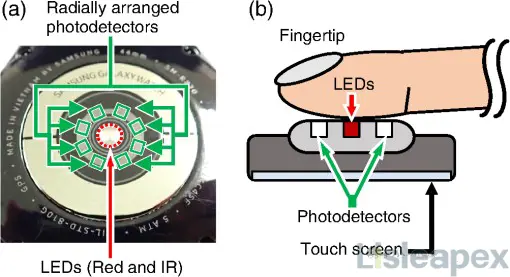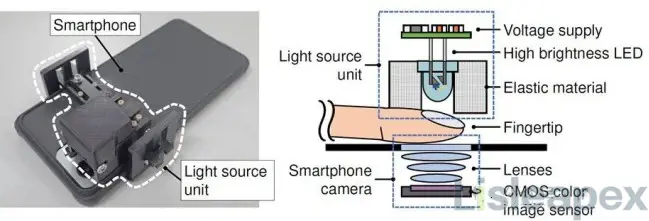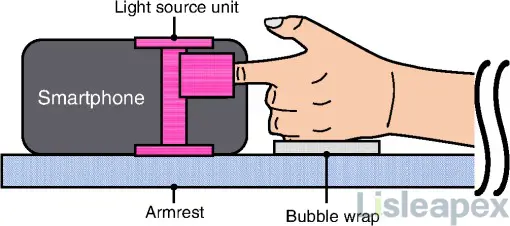Mar
2024
Advancements in Non-Invasive Blood Glucose Monitoring Using Near-Infrared Illumination
19 Mar 2024
Introduction
The quest for non-invasive methods to monitor blood glucose levels in diabetic patients has long been a pursuit in the medical field. Recently, Hamamatsu Photonics introduced a groundbreaking device utilizing near-infrared illumination for blood glucose measurements. This innovation holds the promise of replacing invasive blood sampling techniques with a more convenient and efficient solution.
Development of the Device
Hamamatsu Photonics devised a novel approach incorporating photoplethysmography (PPG) and hemoglobin analysis to infer glucose levels in the blood. Unlike traditional methods reliant solely on light absorption, their technique leverages the phase delay between oxy- and deoxyhemoglobin, providing a highly correlated indicator of glucose levels.
Research Findings
Published in the Journal of Biomedical Optics under the title "Non-invasive blood glucose estimation method based on the phase delay between oxy- and deoxyhemoglobin using visible and near-infrared spectroscopy," their study elucidates the correlation between phase delay and blood glucose levels. By mining PPG data using visible and near-infrared light, the researchers demonstrated a new avenue for non-invasive glucose monitoring, potentially integrating this functionality into everyday devices like smartphones and smartwatches.
Experimental Validation
Experimental setups utilizing both smartwatches and smartphone prototypes equipped with near-infrared sensors and high-brightness LEDs were employed to validate the device's efficacy. Analysis of optical data showcased a close relationship between phase delay variations and blood glucose level changes, affirming the viability of metabolic indicators involving hemoglobin.

(a) Rear view of the smartwatch experimental unit; (b) Schematic diagram of fingertip blood glucose measurement using the smartwatch.

(a) Prototype of blood glucose monitoring device based on smartphone camera; (b) Internal structure diagram of the prototype of blood glucose monitoring device.

Test setup for prototype of smartphone camera-based blood glucose monitoring device
Future Prospects
While clinical trials with diabetic patients are the next step to validate the applicability of metabolic indicators in real-world scenarios, Hamamatsu Photonics is optimistic about the potential of their technology. Compared to other non-invasive methods such as mid-infrared or Raman spectroscopy, their approach offers a cheaper, more energy-efficient, and simpler solution for blood glucose monitoring.
Conclusion
Tomoya Nakazawa from Hamamatsu Photonics envisions their blood glucose monitoring method as a powerful tool for future portable and user-friendly terminal devices. With its innovative utilization of near-infrared illumination and robust correlation with blood glucose levels, this technology marks a significant advancement in non-invasive healthcare monitoring.
By incorporating this article into medical journals, newsletters, or online platforms, the groundbreaking research conducted by Hamamatsu Photonics can be effectively communicated to a wide audience, facilitating further discussions and applications in the field of non-invasive blood glucose monitoring.
Recommended Industry
-
Advancements in Non-Invasive Blood Glucose Monitoring Using Near-Infrared Illumination
The quest for non-invasive methods to monitor blood glucose levels in diabetic patients has long been a pursuit in the medical field. Recently, Hamamatsu Photonics introduced a groundbreaking device utilizing near-infrared illumination for blood glucose measurements. This innovation holds the promise of replacing invasive blood sampling techniques with a more convenient and efficient solution.
Stay updated with Lisleapex by signing up for the newsletter


 Congratulations On Your Successful Submission
Congratulations On Your Successful Submission
 Submission Failure
Submission Failure